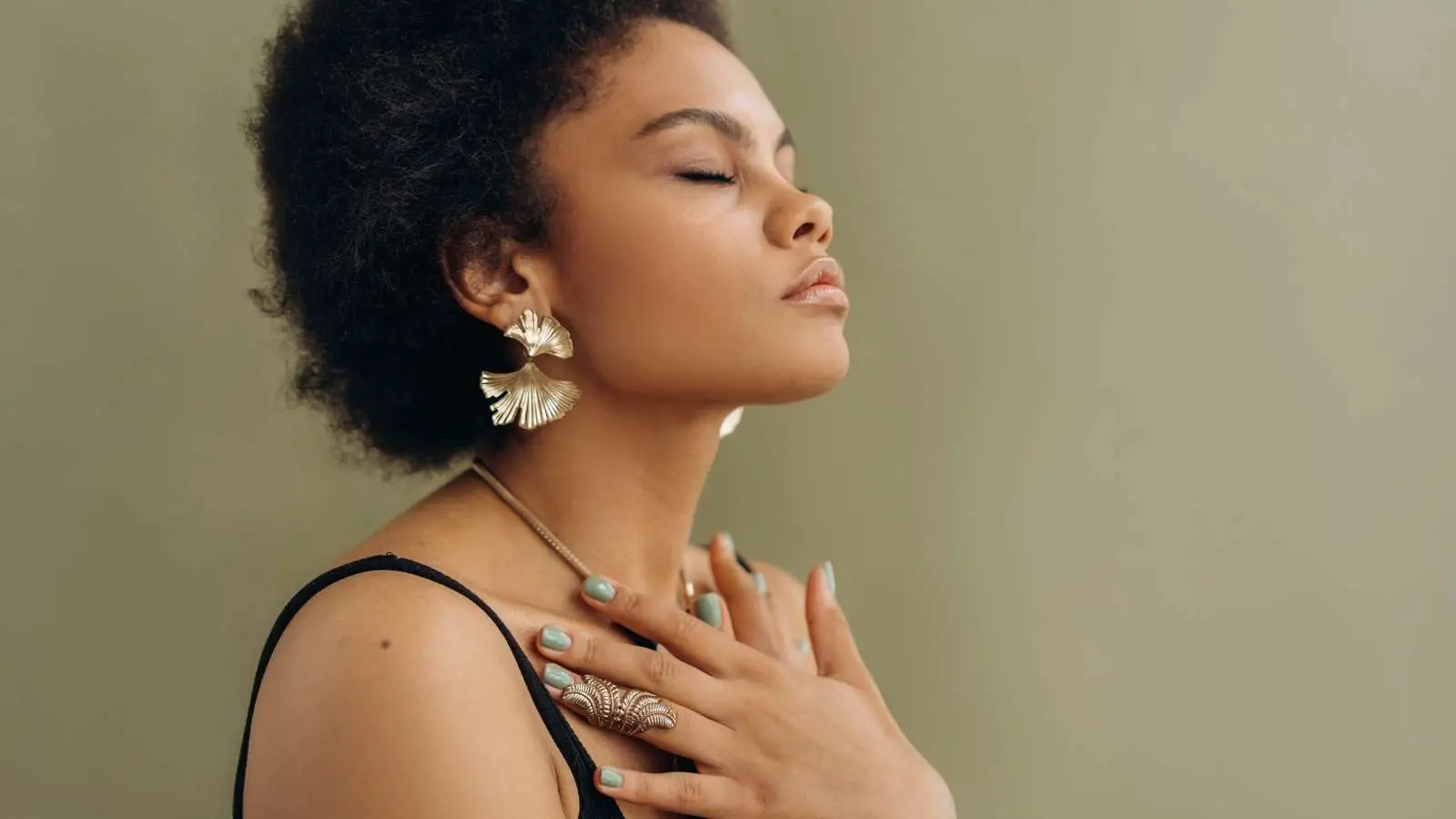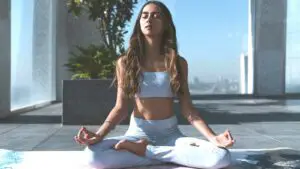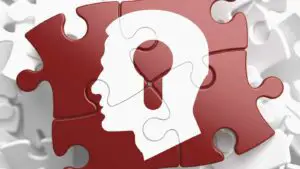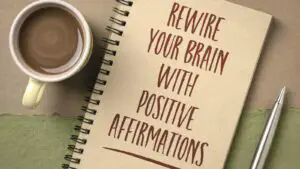Meditation is a broad term that can mean different things to different people. As a result, there are many unanswered questions about what meditation exactly is. One of the most common thoughts is whether meditation is the same as presence.
Meditation is a practice, whereas presence is a mental state. In meditation practice, we seek presence, but we don’t have to be sitting on our meditation pillow to experience it. Presence is a state we can and should seek to cultivate at all times.
If you’re new to meditation, getting your head around similar terms such as presence, observation and imagination can be tricky. So in this article, we’ll break down what each one means and how they relate to meditation.
What is meditation?
Meditation is a practice, ritual, or habit that, over time, becomes part of our lifestyle. When we meditate, we use a specific tool to cultivate focus, presence, or awareness. As there are various styles of meditation, the exact way we do it varies.
Most types of meditation involve sitting still and closing the eyes. This position helps to calm the mind and turn our attention inwards. However, not all meditation styles call for stillness.
Walking meditation is a Buddhist practice that involves walking slow-motion in a straight line back and forth, focusing on the movement and placement of the feet. The famous Indian guru Osho also created several dynamic meditations, including fast breathing, humming, shaking, and dancing.
Each style has a different intention, and thus, how we feel after the meditation can vary. For example, mindfulness meditation, where you become aware of your senses and your thoughts, is best if you intend to cultivate presence. Alternatively, breath meditation is most beneficial for soothing the nervous system and releasing stress or anxiety. Or to break free from negative mental patterns, dynamic meditation is ideal.
What is presence?
Presence is about being in the body rather than the mind. When you are in the body, you’re not controlled by your thoughts, continuously dragged to the past or future. Instead, you maintain a continuous awareness of how your body feels and what you experience through your five senses.
Mindful practices like yoga and meditation help evoke a state of presence in us. Likewise, witnessing natural beauty like a stunning sunset can temporarily stop the thoughts in our minds and bring us into a state of total awareness.
Many of us do not experience enough presence in our day-to-day lives. So one way to become more aware is to practice being present when carrying out everyday activities, such as brushing your teeth or making a cup of tea. While doing these things, consciously focus on your senses, like your toothbrush’s sensation against your teeth or the sound of the spoon hitting the mug as you stir.
The connection between meditation and presence
Mindfulness meditation is a practice of being present as you become aware of what you sense and feel. It can involve observing your senses, thoughts, or emotions. In mindfulness meditation, you purely notice whatever comes up without interpretation or judgment.
However, it’s important to note that just because you sit and close your eyes for 15 minutes does not mean you are being present. If you cannot detach from your thoughts, you’re still practicing meditation, but you are not experiencing the state of presence.
Some forms of meditation, like mantra meditation, involve focusing on one thing, such as a particular word or phrase. Repeating a mantra helps you meditate without losing focus, but your attention becomes fixed on that sound rather than the present moment. Mantra meditation still brings you out of your head and slows the thoughts in your mind, but it is not the same as being present.
Meditation vs. observation
Self-observation in meditation allows you to detach from the misconception that you are your thoughts. By sitting back and taking the observer’s seat, you can start to understand that the “self” is different from the mind.
Observation is not meditation, but we use observation in something we do in a meditation practice to find presence. For example, in mindfulness meditation, you observe yourself by noticing your thoughts and feelings. In breath meditation, you follow the breath or the movement of the belly and chest as you breathe and use this as a focal point to still the mind.
When we solely observe our thoughts and emotions without acting on them or judging them, we have the power to take back control and rise above negative emotional states. Observation takes us on a journey of self-mastery, where eventually, we can break away from the ego and its restraints.
Meditation vs. imagination
Imagination has many positive benefits, such as visualizing the future, reaching our creative potential, and manifesting our dreams.
Imagination is a mental technique that allows you to produce new ideas, images, or concepts in your mind without the involvement of the senses. Imagination can be integrated into meditation practice, especially in the end, when the mind is calm.
Some forms of meditation use visualization techniques such as chakra and manifestation meditations. In chakra meditation, you imagine the lifeforce of the energy center present in the physical body. To do this, you use the chakra’s associated color and element. For example, when working on the solar plexus chakras, you can imagine a yellow fire burning in the upper belly.
A manifestation meditation is used to help you envision your ideal future and turn your dreams into reality, using the power of imagination. For example, if you want to get a new job, you can use your imagination to visualize the scenario, seeing yourself signing a new contract or walking into a new office for the first time.
According to the law of attraction, the more detail you include in your visualization, the higher the manifestation potential. So with the previous example, you should imagine what you are wearing while signing the contract or what the decor and furniture in the new office are like.
Developing your imagination can also strengthen the third-eye chakra, which is said to heighten your connection to your intuition and inner wisdom.
Final thoughts
Presence, observation, and imagination can all play a role in meditation. However, these terms are not synonyms for meditation and thus, should not be used interchangeably. Observation and imagination are tools we can use in meditation practice, whereas presence is a state we can create both in meditation and in various moments throughout the day.








